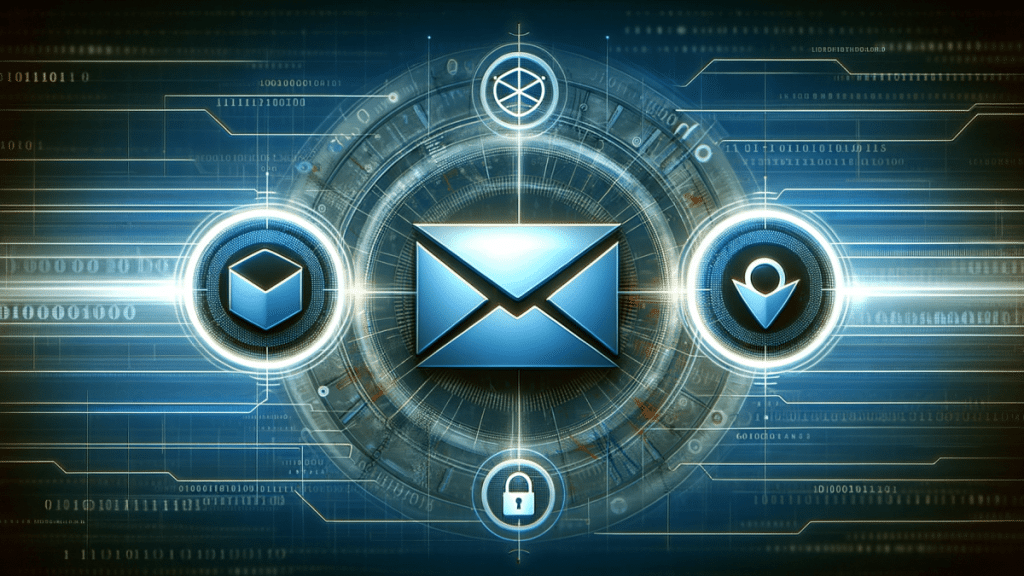In today’s digital landscape, email remains a critical communication tool for individuals and businesses alike. However, the convenience of email is often overshadowed by the persistent threat of malicious attacks such as phishing, spoofing, and spam.
To combat these threats, various security protocols have been developed — one of the most effective being DomainKeys Identified Mail (DKIM).
Keep reading to learn how DKIM enhances email security and why it is essential for maintaining the integrity and trustworthiness of email communications.
Understanding DKIM
DKIM is an email authentication method crafted to identify forged sender addresses, a common tactic in phishing and spam emails.
The system functions by enabling the sender to sign their email with a digital signature, which the recipient’s mail server can verify. This signature is generated using a private key, while the corresponding public key is published in the sender’s domain’s DNS record.
How DKIM Works
- Signing the Email: When an email is sent, the sender’s mail server generates a unique cryptographic signature using the private key and adds this signature to the email header.
- Publishing the Public Key: The sender’s domain publishes its public key in DNS records, which receiving servers use to verify the signature’s authenticity.
- Verifying the Signature: When the recipient’s mail server receives the email, it accesses the sender’s DNS records to retrieve the public key. This key is then used to verify the signature. If the signature is validated, it ensures that the email remains unaltered during transit and confirms its authenticity from the claimed sender.
Benefits of DKIM
Enhanced Email Integrity
DKIM ensures that the content of an email remains unchanged from the moment it leaves the sender’s server until it arrives at the recipient’s server. Any alterations during transit will invalidate the signature, alerting the recipient to potential tampering.
Increased Trust and Credibility
By verifying that an email is genuinely from the claimed sender, DKIM helps build trust between email correspondents. This is particularly crucial for businesses that rely on email for sensitive communications and transactions.
Protection Against Phishing and Spoofing
Phishing attacks and email spoofing often involve sending emails that appear to come from a trusted source. DKIM helps mitigate these attacks by making it difficult for attackers to forge emails from domains that use DKIM.
Improved Email Deliverability
Email providers and spam filters, such as those used by Gmail, Yahoo, and Outlook, often check for DKIM signatures. Emails that are DKIM-signed are less likely to be marked as spam, improving the chances of them reaching the intended inbox.
Implementing DKIM
Implementing DKIM involves several steps:
- Generate DKIM Keys: Use your email server or a DKIM tool to generate a pair of cryptographic keys (private and public).
- Publish the Public Key: Add the public key to your domain’s DNS records in the form of a TXT record.
- Configure Your Email Server: Set up your email server to sign outgoing emails with the private key.
- Test Your Configuration: Use DKIM validation tools to ensure that your emails are being signed correctly and that the signatures can be verified.
Challenges and Considerations
While DKIM significantly enhances email security, it is not without challenges. Key management can be complex, and incorrect configuration may lead to legitimate emails being marked as unverified.
DKIM alone also does not protect against all email threats and should be used in conjunction with other protocols such as Sender Policy Framework (SFP).
The Bottom Line: Using DKIM to Enhance Email Security
DKIM is a powerful tool in the fight against email-based threats, providing a robust mechanism for ensuring email integrity and authenticity. By implementing DKIM, organizations might be able to significantly reduce the risk of phishing and spoofing attacks, enhance email deliverability, and build greater trust with their recipients.
In an era where email security is paramount, adopting DKIM is not just a best practice but a necessity for safeguarding digital communications.
